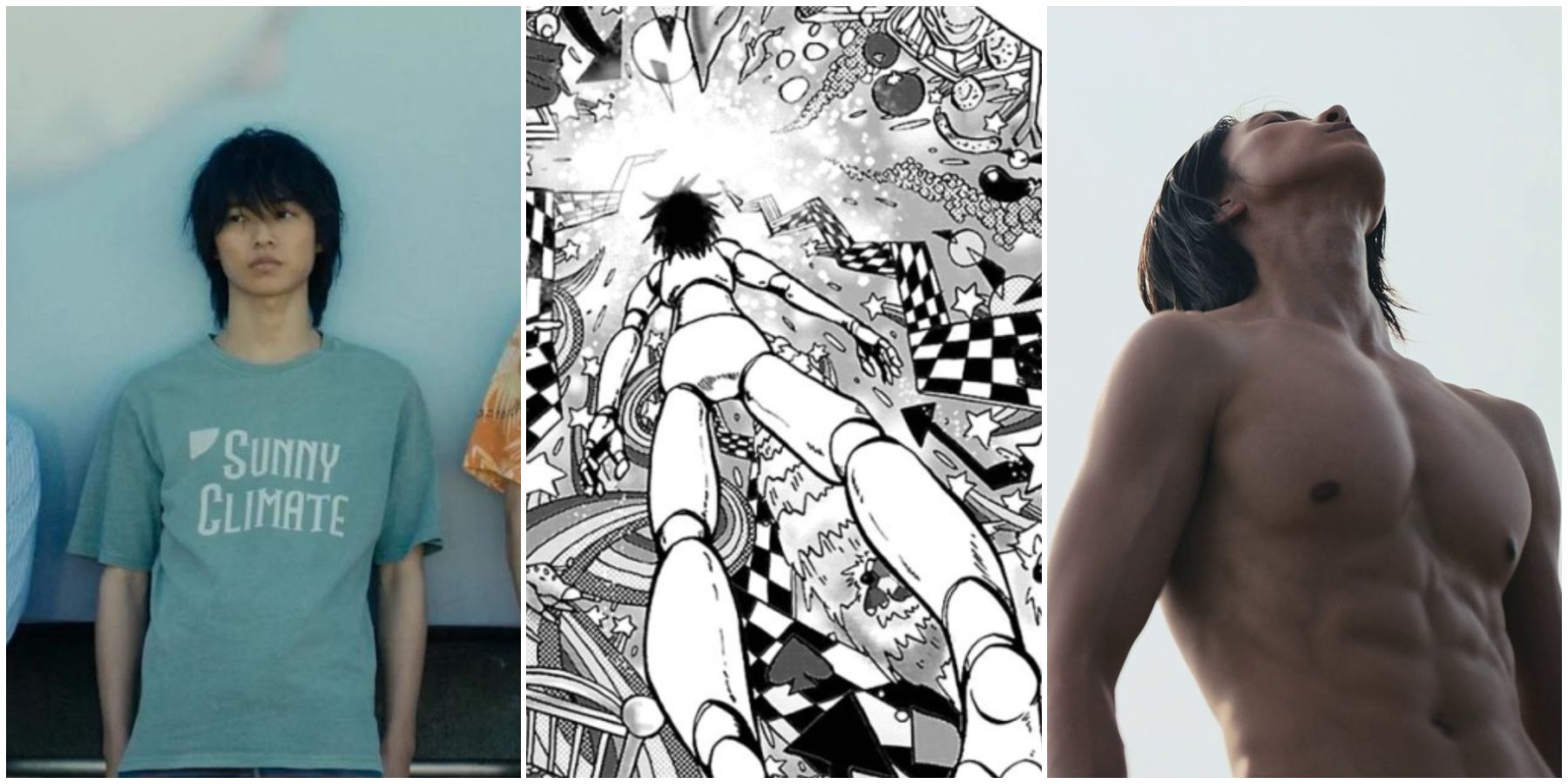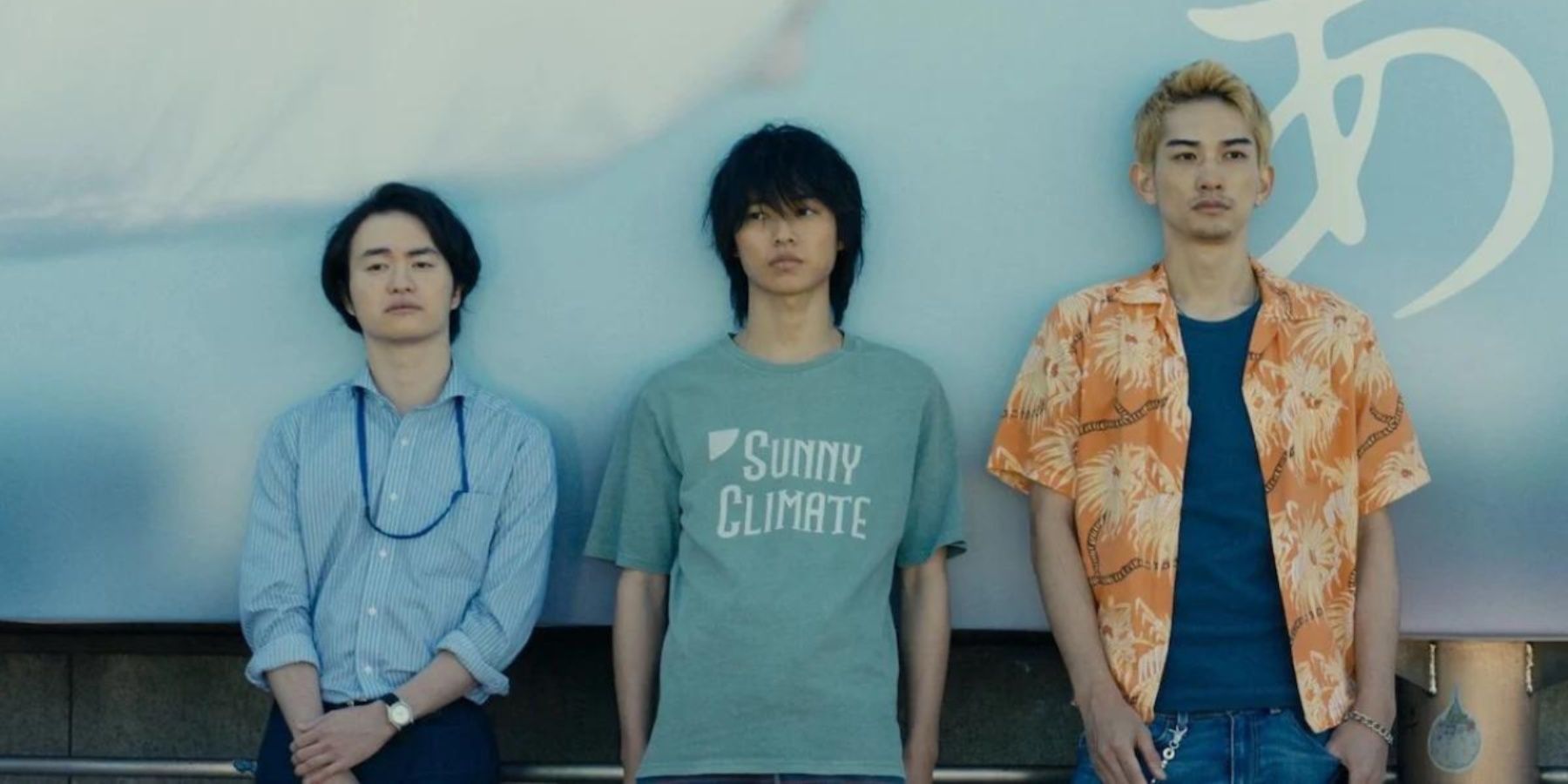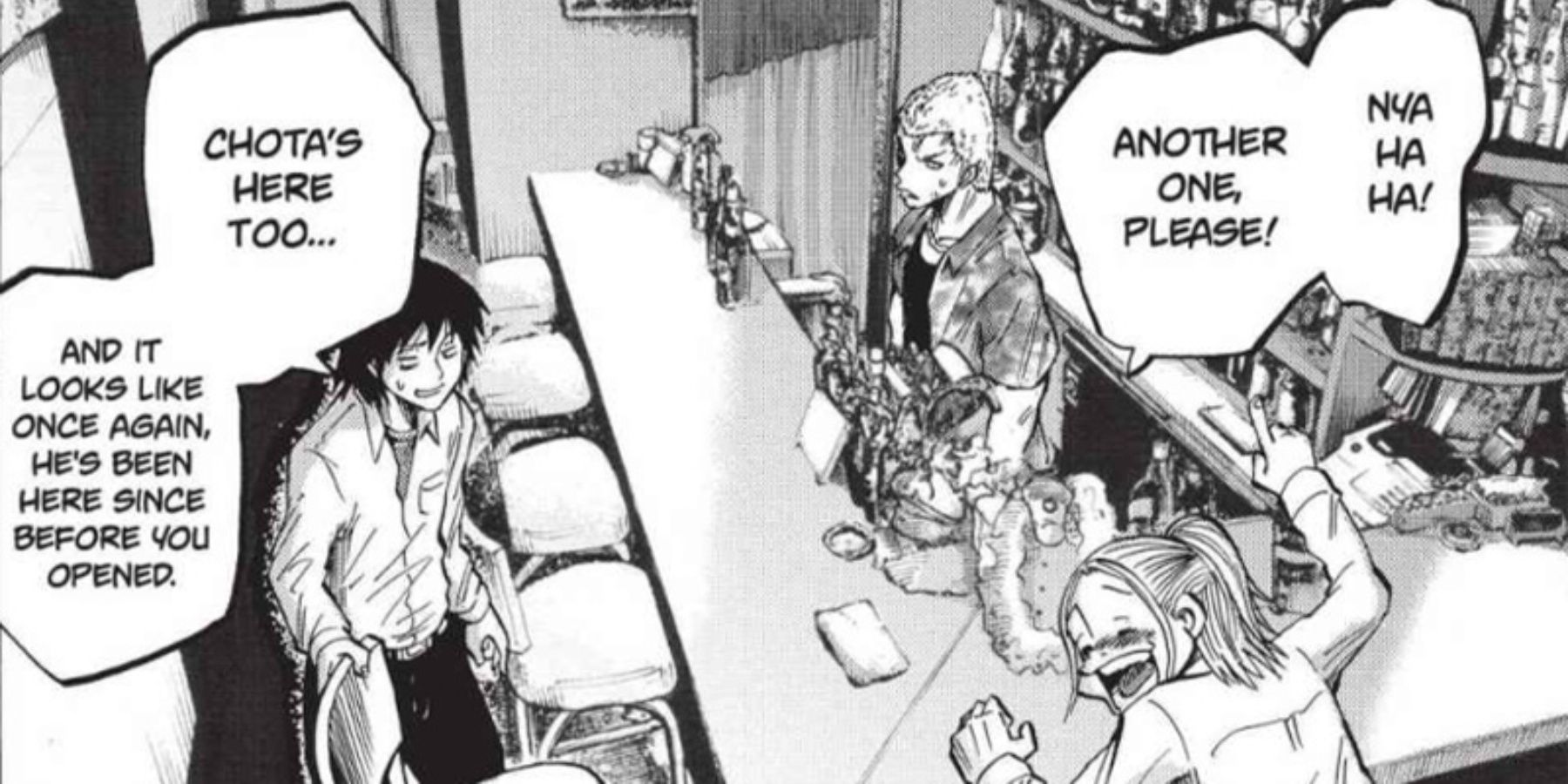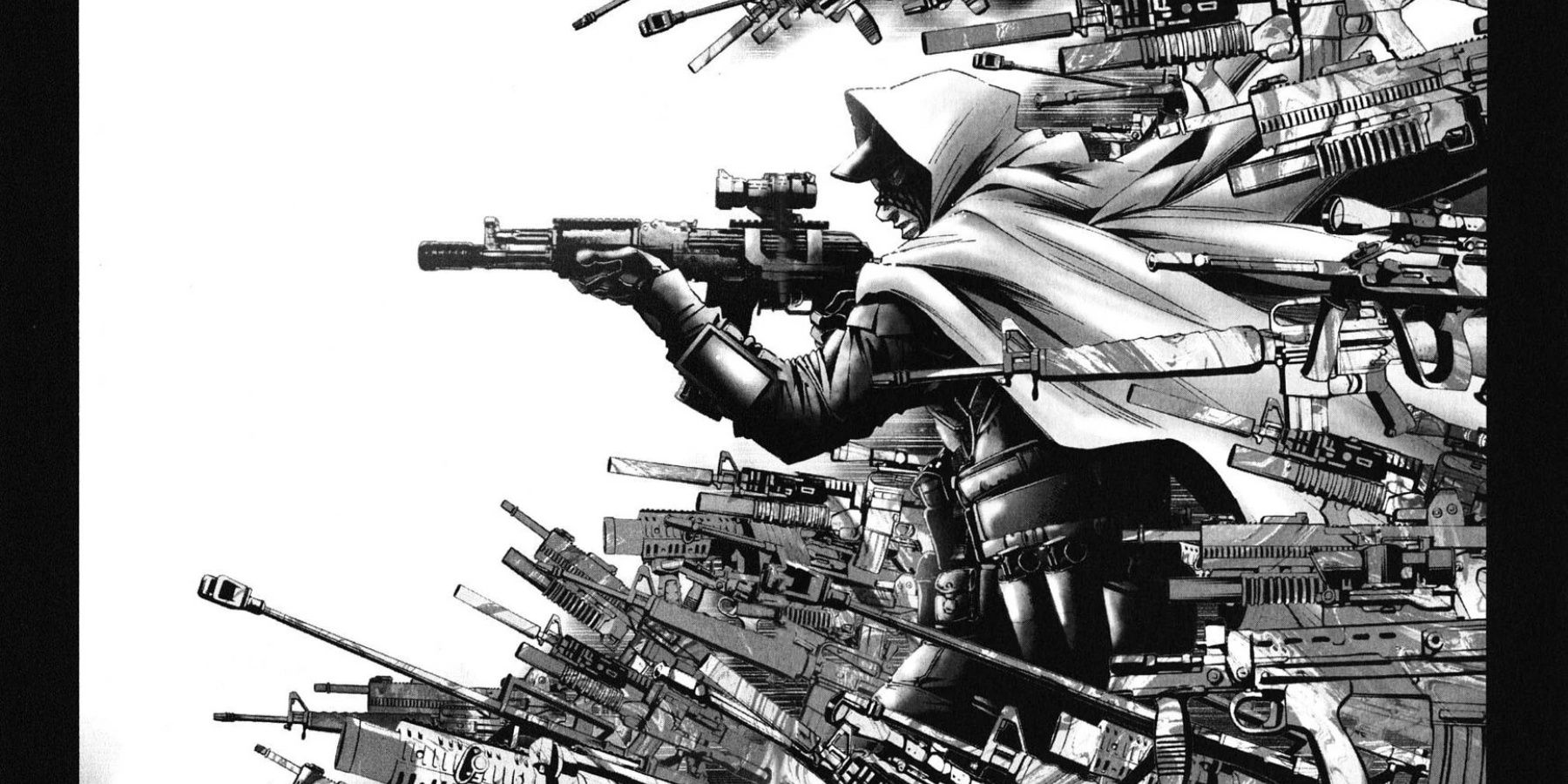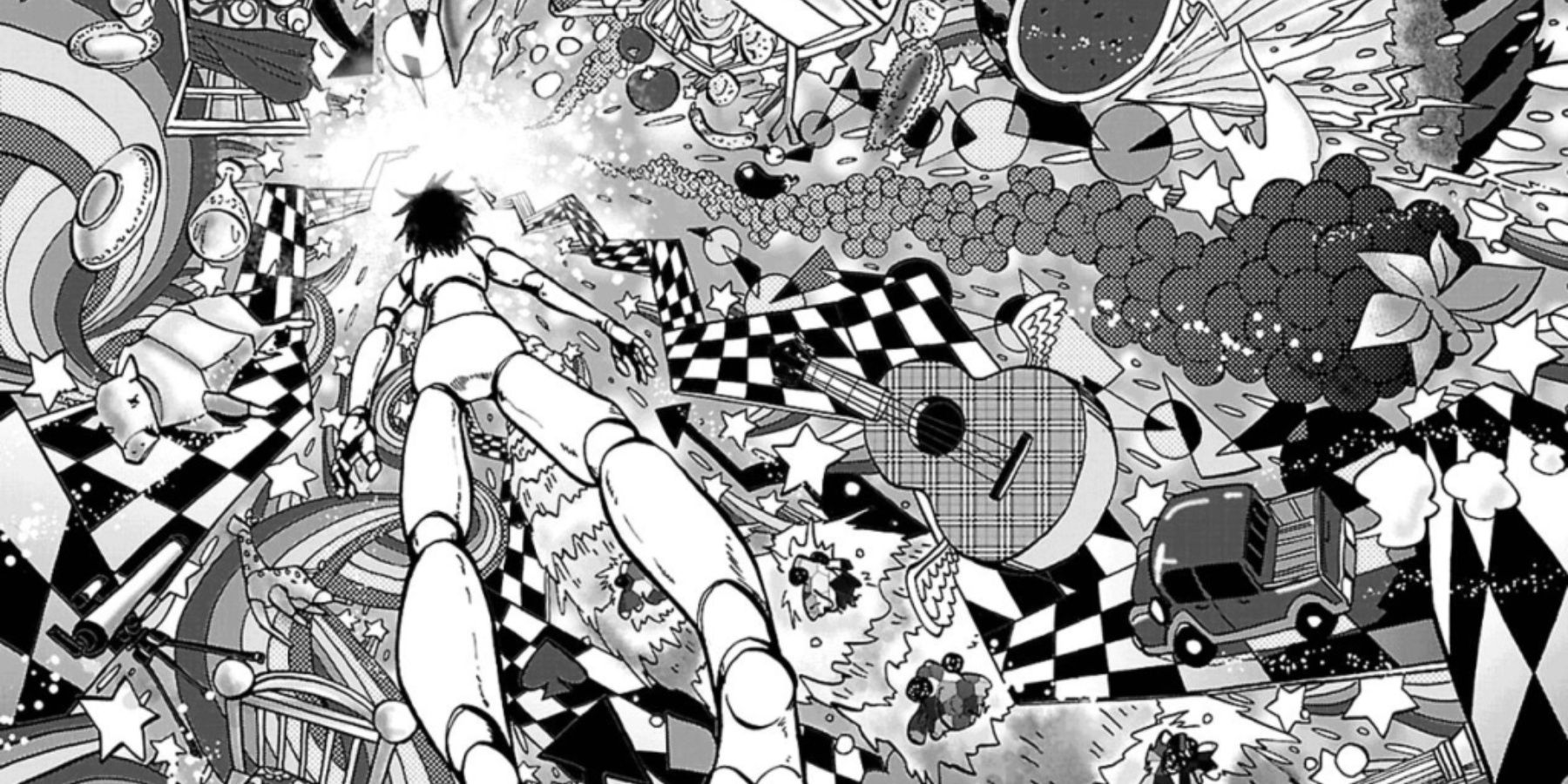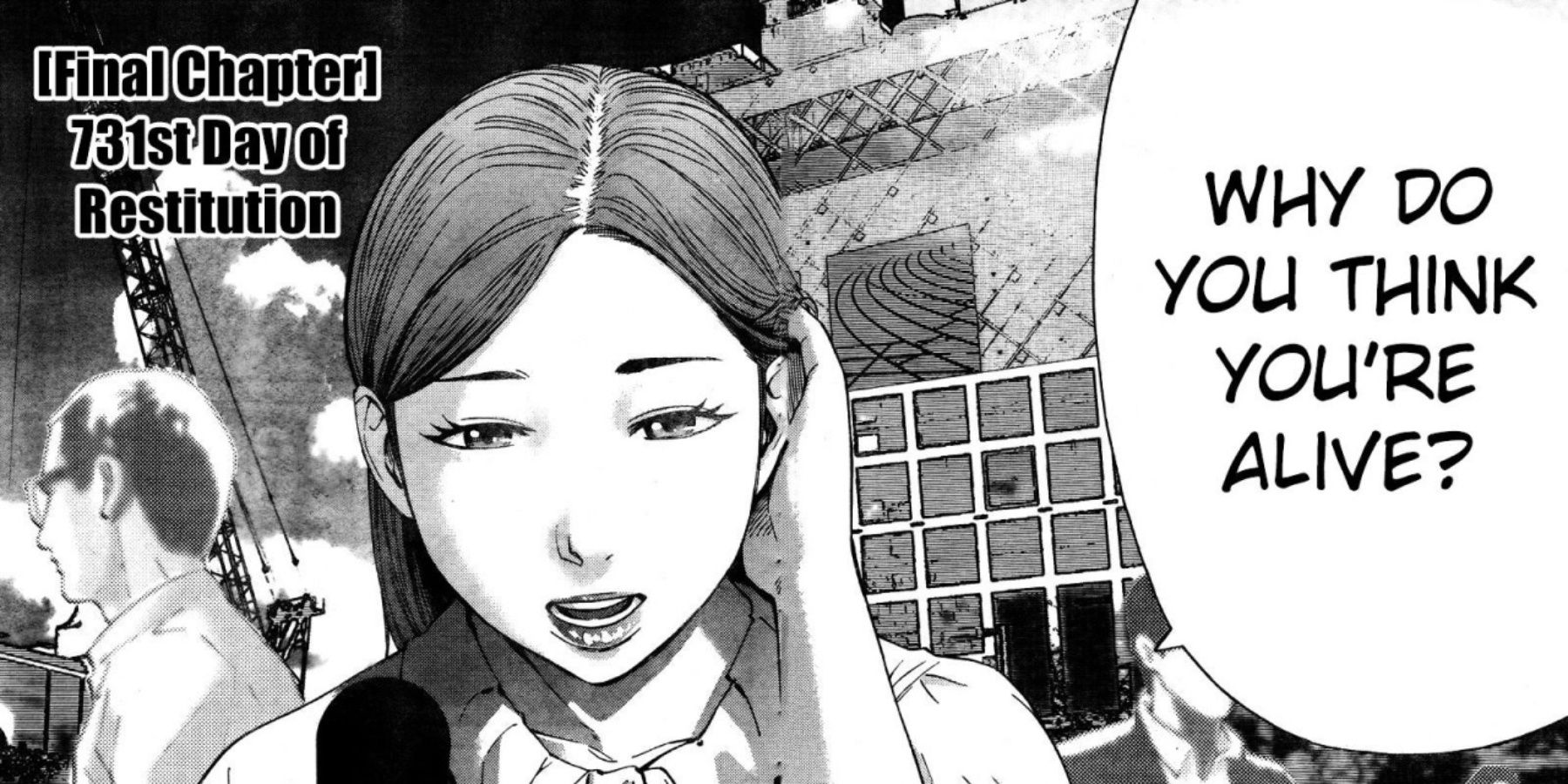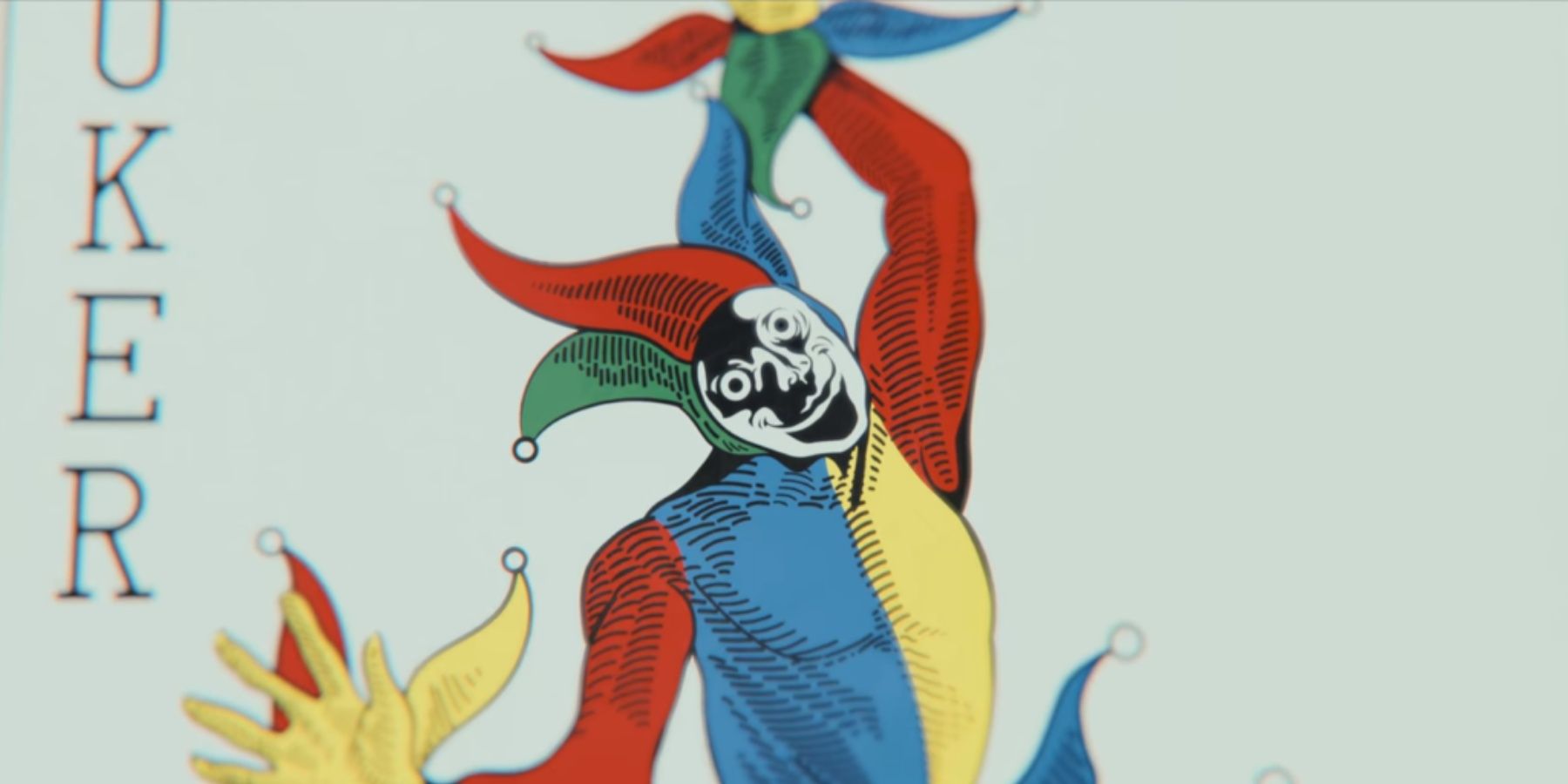For the most part, Netflix's Alice in Borderland was a faithful adaptation of its manga counterpart. In fact, the differences in the overall plot are not that big. It's still about Arisu and his friends' plight after finding themselves in an alternate reality where they have to play some social games to survive.
But of course, Alice in Borderland's showrunners had to take some liberties due to time and budget constraints. While the essence of the story and the narrative is mostly intact, there are some notable differences that might have changed the show's theme and target audience. Here are some of those biggest changes for those who want to keep digging down the rabbit hole.
Warning: Spoilers Ahead!
8 Arisu & Friends Were Younger In The Manga
The most glaring aspect that Netflix changed with Alice in Borderland was its protagonists' age range. In the manga, Arisu, Chota, and even Usagi were all younger and were merely in high school. On the show, they actually looked like they were of working age or at least in the college age range.
Chota, for example, was already a yuppie with an adult frame, quite unrecognizable from his manga counterpart. Arisu was quite close, but the way his family was pressuring him on the show made his more mature age apparent. Such a creative decision notably changed the target demographics for the show since the protagonists were made more relatable to an older audience.
7 Arisu & Chota Were Considerably Altered
Further emphasizing the changes Netflix made to Chota and Arisu are their appearances. Chota in the manga was a far cry from his live-action version. He was a lot more juvenile and more helpless in the manga. Chota had long hair bundled in a ponytail and he was also a scrawny and small high school kid with an obsession with women.
Meanwhile, Arisu also had the disheveled homebody gamer appearance, but he was a lot more motivated and vengeful. The show didn't really touch upon that trait of his until the last few episodes of Season 2. But in the manga, Arisu had the makings of a typical shonen protagonist.
6 Getting Into The Borderland
The way Arisu and his friends were transported to the Borderland was also altered. In the manga, their entry into the Borderland was less symbolic since Arisu and Chota merely went to Karube's bar to drink themselves dizzy until they saw some fireworks. After that, they just found themselves in an empty city.
In the Netflix adaptation, the three stooges caused a worrying amount of chaos on the crosswalks during rush hour and even caused a car crash before fleeing to a subway station. Arguably, their entrance to the Borderland in the show was more poetic since it displayed their resentment for their current society and how well they might fit into the Borderland.
5 The King Of Spades Fight Left More Survivors
In Season 2, the final fight with the King of Spades was the season's highlight; it was a bloodbath with some unpredictable usage of plot armor involving all the protagonists and the strongest villain in Alice in Borderland. Netflix made that breathtaking action sequence all up, which is impressive considering the briefness of the King of Spade's battle in the manga.
In the manga, the King of Spade's battle was mostly a meditative character development for Aguni/Agni. It also took fewer characters to take down the King of Spades compared to the whole gang of veteran survivors on the show. One could say that the stakes were lower in the manga since Arisu was the only one left in fighting shape after the death match with the King of Spades.
4 A Lot Of Backstories Were Omitted
The live-action Alice in Borderland had to take some shortcuts due to the limited episode allowance; some characters somewhat suffered in their character development. The King of Spades was one of them. He had quite an elaborate backstory in the manga which explained his philosophy and why he set up his game that way.
Meanwhile, the Queen of Hearts as well as the King of Clubs, Ginji Kyuma, also had their own backstories which were similar to Arisu and his friends' journey. Sadly, the Netflix adaptation failed to portray this important display of humanization for the game masters, inadvertently making them out as one-sided villains.
3 The Netflix Adaptation Is More Grounded
The manga was a lot more liberal with its usage of fantasy and supernatural elements to explain and move its story. There was even some kind of god figure seeing over all of the Borderland. That way, it was easier to suspend disbelief and see the characters as stereotypical representations of certain demographics of people.
The Netflix adaptation is no doubt more realistic with its take. A lot of the inexplicable setups and scenarios were chalked up to advanced and bleeding-edge sci-fi stuff. Moreover, the character deaths and interactions were more mature and grounded in the show, seeing how they seemingly aged up Arisu and his friends.
2 The Manga Had A More Conclusive Epilogue
The Netflix series showed the proper ending that the manga also had but also ominously hinted at something else that might lead to a Season 3 (likely depending on the ratings or source material availability). Sadly, it ran out of source material already since the manga concluded then and there, during the hospital scene.
There was a brief epilogue in the final chapter which followed Arisu's life two years afterward. It was preceded by some inspiring and hopeful philosophical messages about the purpose of life and existentialism. However, the bottom line in that epilogue was positive; it was an adamant and happy ending for Arisu and Usagi, unlike what was implied in the show...
1 Joker's Existence
The Joker Card or Joker was the last piece of the puzzle in the manga. It turns out, Joker wasn't like the face card game masters; he was the "ferryman" of the Borderland who oversaw life and death in the mysterious place, like Charon in Greek mythology. To that effect, Arisu also considered him as some kind of godly being.
The two of them even talked briefly, offering Arisu a much-needed answer to his questions. Alice in Borderland live-action didn't really include the Joker card notion up until the series' ending. Poor Arisu on the show deserved some answers and Netflix denied them to him by omitting the Joker. Perhaps they'll pursue that story in a hypothetical Season 3?

